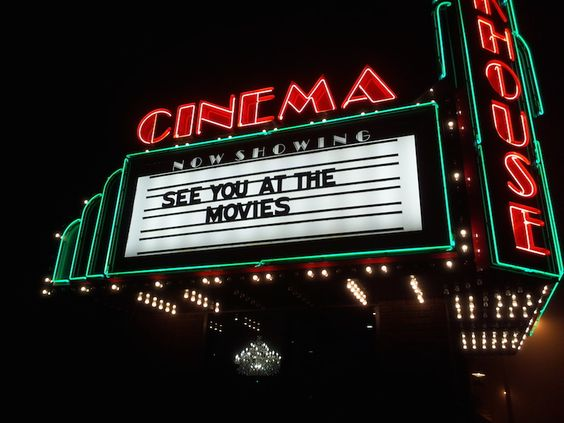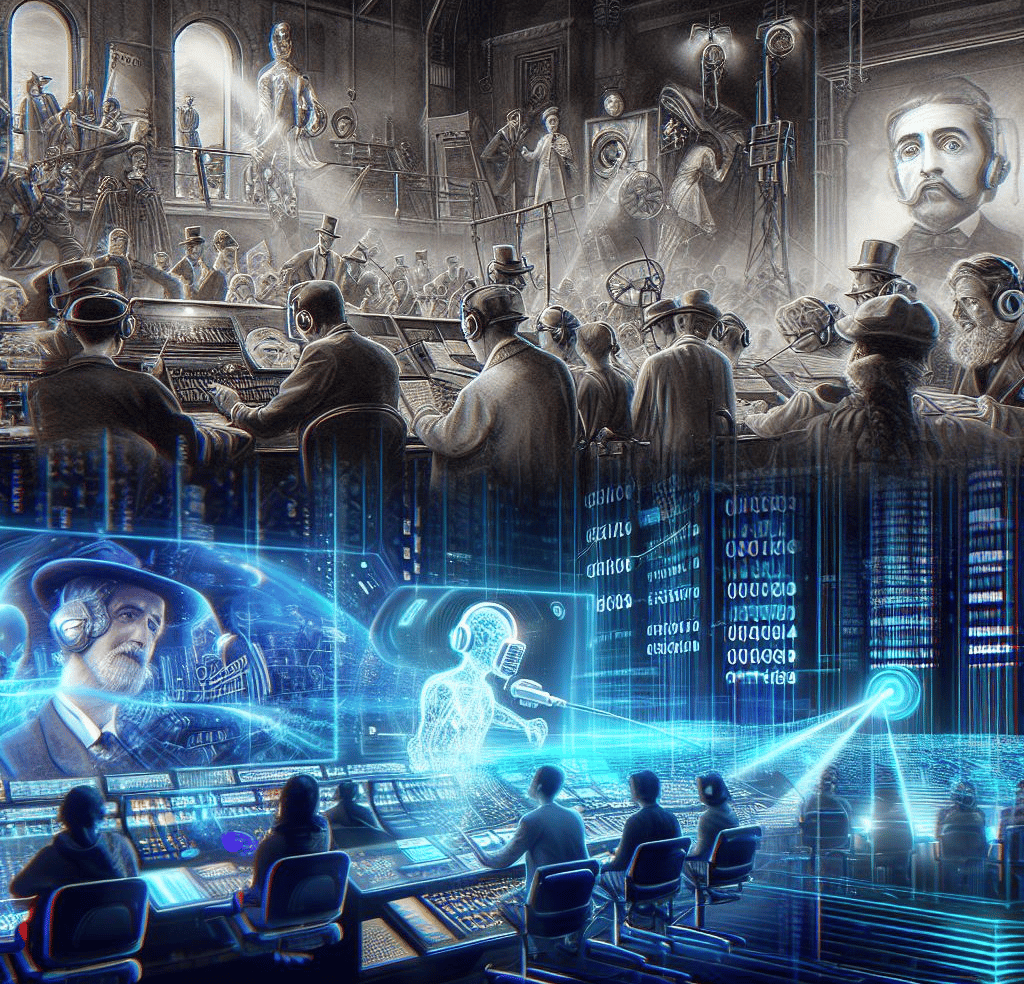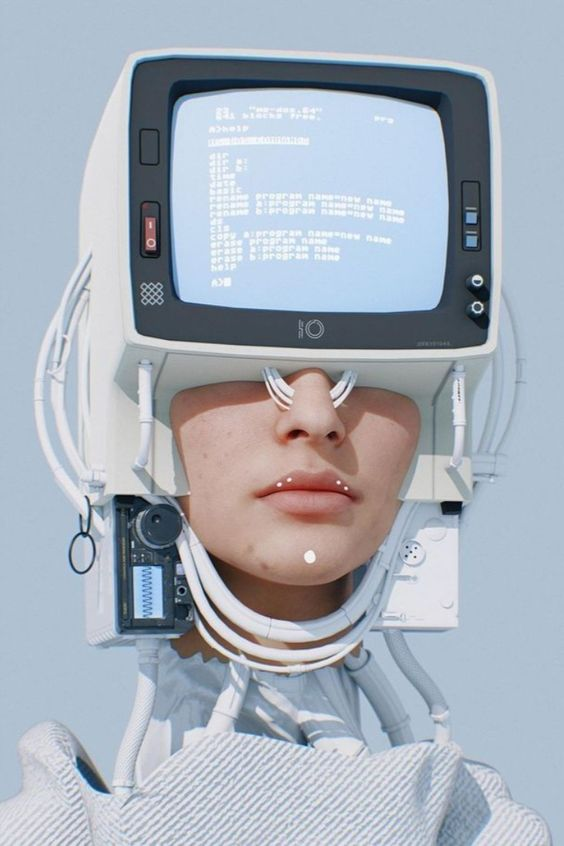The world of translating movies and shows: past, present, future
🎬 The world of translating movies and shows 🌍 From the silent film era to the digital age, Audiovisual Translation (AVT) has been our bridge to cinematic and televisual treasures from around the globe, thanks to #AVTranslators! They translate movies & shows into different languages, so everyone can enjoy the fun. 🌟 From silent films to streaming services, AVT has come a long way. Will we soon have real-time dubbing or subtitles that change languages? The future is bright! ✨ #AVT #Cinema #TV #movies #Translation #Globalization #Technology #FilmHistory #Traduk
4/12/20243 min read


Ever notice how we're surrounded by screens these days? TVs, phones, computers – they're everywhere! And with all these screens comes a ton of movies, shows, advertisements, video games, training videos and even interviews or conferences (Murat, 2023). But how do people in other countries watch all this cool content if they don't speak the language? That's where translators who specialize in audiovisual translation (AVT) come in!
The beginnings of audiovisual translation are considered to be related to the creation of silent cinema. The film plot, often very expressive with live music, was not always understandable to the viewers. This is how the idea came about to hire actors-interpreters in cinemas, who read or played live dialogues to scenes appearing on the screen. Today they are considered to be the first audiovisual translators (Murat, 2023). When movies started having sound in the late 1920s, things got trickier. Translators had to figure out how to get the story across in different languages.
According to Commit (n.d.), there were two main ways to do this: dubbing and subtitling. Dubbing, in filmmaking and video production, is a post-production process in which additional or supplementary recordings are “mixed” with original production sound to create the finished soundtrack. Subtitling is the process of providing a film, video or program with subtitles. Subtitles are derived from either a transcript or screenplay of the dialog or commentary in films, television programs or video games and are usually displayed at the bottom of the screen.
For a long time, there was a debate about which method was better. Dubbing can feel more natural, but it can also lose some of the original culture and humor of the movie. Subtitles can be distracting, but they keep the original voices.
Technology has made both dubbing and subtitling a lot better over time. Now, dubbed voices sound more natural, and subtitles are easier to read and follow.
With the rise of streaming services, subtitling has become even more important. Now, a single movie or show can be watched by people all over the world with subtitles in their own language. There are even special subtitles for people who are hard of hearing, and computers are starting to translate subtitles automatically (although this isn't always perfect yet).
As technology keeps moving forward, AVT is going to get even more interesting. Imagine being able to watch a movie with subtitles that change instantly depending on the language you speak, or having a program that dubs the voices in real-time! But even with all this fancy tech, human translators will still be important. They're the ones who can make sure the translations are accurate and capture the cultural aspects of the movie or show.
The future of AVT is bright! It will keep helping people from all over the world enjoy the same great movies and shows, no matter what language they speak.
References:
Cintas, J. D. (n.d.). Audiovisual translation comes of age. researchgate.net.
Commit. (n.d.). Subtitling vs Dubbing. Retrieved from https://webcasts.td.org/uploads/assets/9888/document/Commit_Video_dubbing_vs_subtitling.pdf
Korman, K. (2022, january 6). A Brief History of Cinematography for Today’s Creatives. Retrieved from skillshare.com: https://www.skillshare.com/en/blog/a-brief-history-of-cinematography-for-todays-creatives/
Murat, A. L. (2023, february 13). Audiovisual translation – what is it? Retrieved from lingy.uk: https://lingy.uk/blog/audiovisual-translation-what-is-it/




Contact
office@traduk.eu
+40767756813
Business Hours
Monday - Friday: 09:00 - 18:00 UTC+3
Saturday, Sunday: Closed
